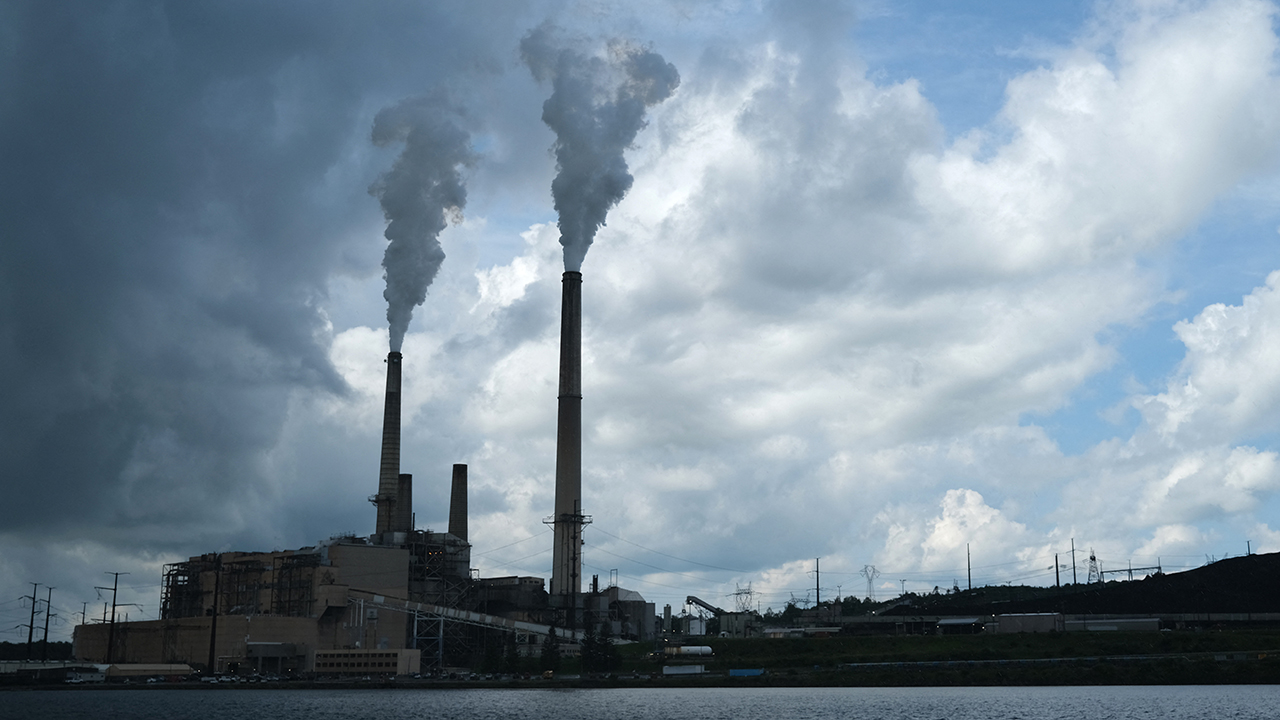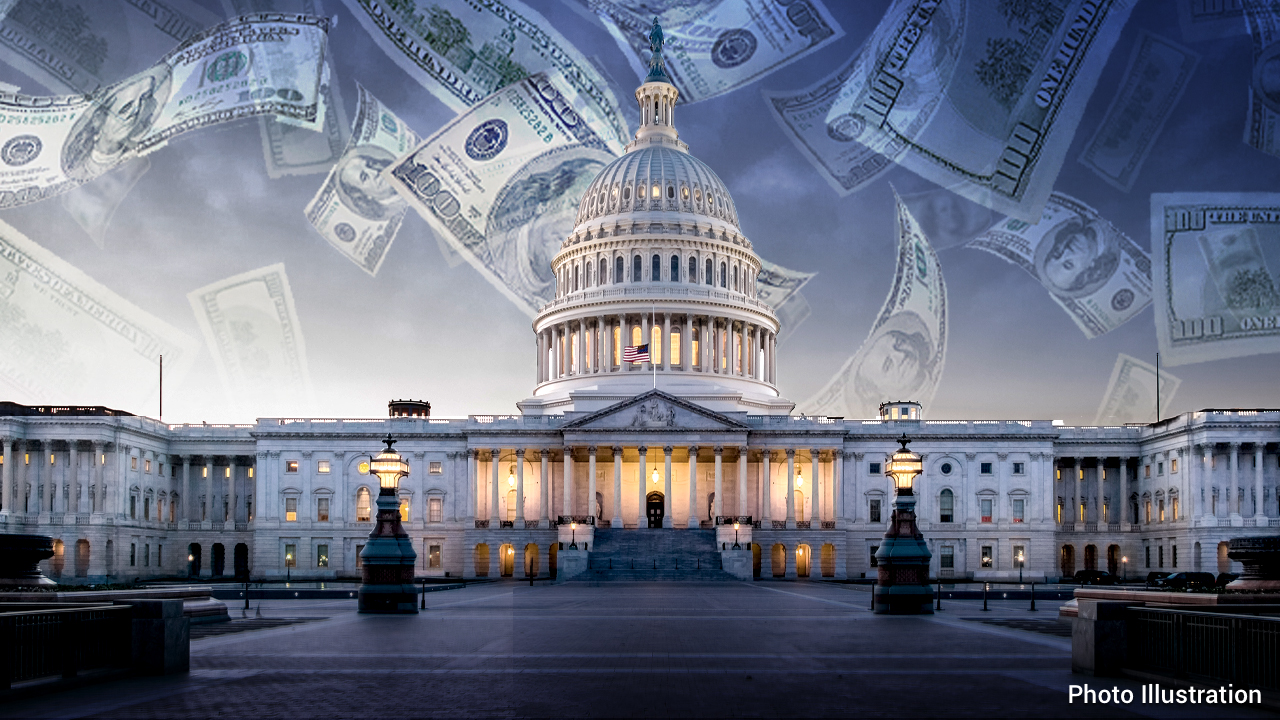Electricity prices may spike due to AI demand if US doesn't boost energy output, White House warns

FIRST ON FOX BUSINESS – A new White House study warns that electricity prices may spike due to artificial intelligence demand if the United States does not boost energy output.
The White House Council of Economic Advisors is expected to release a report on Thursday that found energy needs for AI data centers will exceed the total energy consumed by many sectors to make some construction products.
"The International Energy Agency (IEA) estimates that by 2030, U.S. data centers will consume more electricity than production of aluminum, steel, cement, chemicals and all other energy-intensive goods combined," according to a copy of the report first obtained by FOX Business.
The report also warns that the U.S. is losing the energy race with China.
"China currently produces about twice as much power as the United States and is investing aggressively in nuclear power. Based on these investments, China is projected to become the largest nuclear power producer in the world by 2030," the report says.
"If half of U.S. businesses engage in widespread use of AI by 2034, the annual productivity growth of labor could be 1.5 percentage points higher starting in 2034 than it would otherwise be without widespread AI adoption. This boost in labor productivity could, in turn, increase GDP growth by 0.4 percent in 2034," the report adds. "To effectively compete for AI dominance, the United States must focus on rapid growth of low-cost domestic baseload generation. U.S. growth in electricity generation has averaged close to zero over the last 20 years, while China’s generation expanded at annual rates of 5 to 10 percent or more."
According to the White House Council of Economic Advisors, "The rise in demand for AI and cloud computing capabilities is already driving up electricity use in the United States. After two decades of growth below one percent per year, the demand for electricity grew by two percent in 2024."
The council estimates that the U.S. will need to invest about $1.4 trillion between 2025 and 2030 to keep up with growing power demand.
"Once higher demand from industrial electrification and reshoring of manufacturing is added in, the total increase in power demand would require an estimated $1.4 trillion of investment between 2025 and 2030 - than the industry’s investment over the previous decade," the report says. "Continued electrification of the economy and reshoring of energy-intensive manufacturing will contribute additional demand for electricity."
Without new investments in energy, the council finds there will be price increases of anywhere between 9% and 58%.
"Using elasticity estimates from economic literature, electricity prices in 2030 could be 9 to 58 percent higher as a result of higher demand for power if lower-cost providers don’t come online," the report says.
The report found that a fragmented power grid is putting pressure on making electricity prices higher:
"One important barrier to lower electricity prices for consumers is the fact that the U.S. electricity grid is highly fragmented," the report says. "Studies have shown that linking regional grids would reduce price differentials across regions by letting power flow where it is most needed, lowering production costs and increasing resiliency."
The White House Council of Economic Advisors recommended increasing access to energy resources on federal lands and waters.
"Domestic uranium mining carries strategic importance because the United States currently imports nearly all of the uranium that it uses in nuclear generation," the report says. "In 2023, about half of uranium purchased by U.S. nuclear plants came from Canada and Australia, and another 44 percent was supplied by Russia, Kazakhstan, and Uzbekistan."
CLICK HERE TO READ MORE ON FOX BUSINESS
In recent years, about 42% of U.S. coal production, 26%of crude oil production, and 10% of natural gas production came from federal lands and waters, according to the report. Federal and tribal lands also contain about 75% of all known and potential uranium reserves in the United States and present strong geological potential for uranium mining, the council assessed.


















































.png?Expires=1838763821&Key-Pair-Id=K2ZIVPTIP2VGHC&Signature=IO0~CT3pU-TcxGc~yoZSmoQx23MZVuK-~4jSii~NKEblRmyO3el7NXPu~Rh1o23voASg7hlcHLw4kvQuDK1jssEhcjoNBBvEpZ~GGOAU6yosBhpHpeF179F~h7i6VxmsBNh9gtTutkoqY73O2YCFey~IAqSzKbBqETP1kP9cAg1916Z1YkJJs-5MliMrkZ5d7-mWGLbpHp2wGj2VlMph8XzYlL4~y1O7fB~JdIS~Rs4RMRs2x0WT1qUIpHAsf3GdwtOyAmKFSpIg8xCyNGZZ5h~13nXlmpd7uPvW8tBfttpG9pFTqcway-uch5WyfHOEfi7UlJCOWrr6fCYY5PMgSg__)







